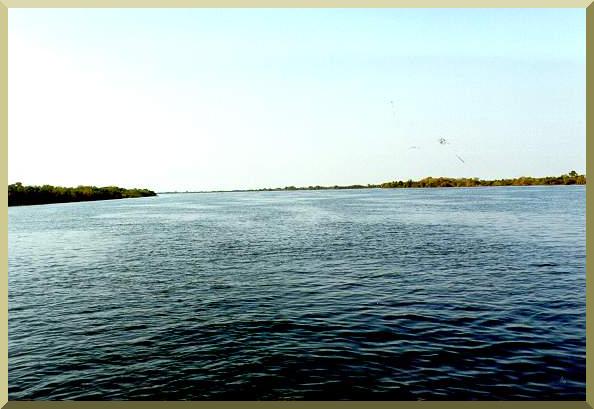|
Early in my career, in the Spring of 1979,
I accepted a two-month assignment in Brazil doing hydrologic modeling for EDIBAP
(Estudo do Desenvolvimento Integrado da Bacia do Alto Paraguay), in Brasilia.
The task was to model the tributaries of the Upper Paraguay River, with and without proposed developments,
to study the impact on the downstream flow. Our results fed
the SSARR model of the Upper Paraguay, operated by the Brazilian government.
My supervisor was Hugo Benito, a hydrologic engineer with extensive experience in the modeling of large river systems in South America.
Being just a few years out of school, I lacked experience with large rivers, particularly those that regularly overflow their banks.
I had a certain mindset on how kinematic flood waves--and most flood waves are kinematic--will have a tendency to steepen as they
propagate downstream. As I discussed our findings with Hugo, I spoke about the steepening and how I expected
our calculations to show it. To my great surprise, he said: "Flood waves do not steepen. At least not in the Upper Paraguay!"
I sensed he knew what he was talking, and I was not in a position to argue. Later, after additional study,
| ||
|
|
